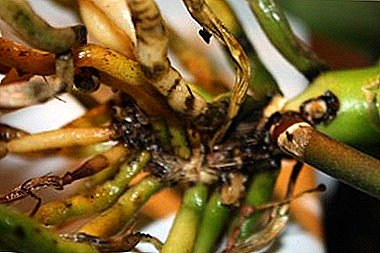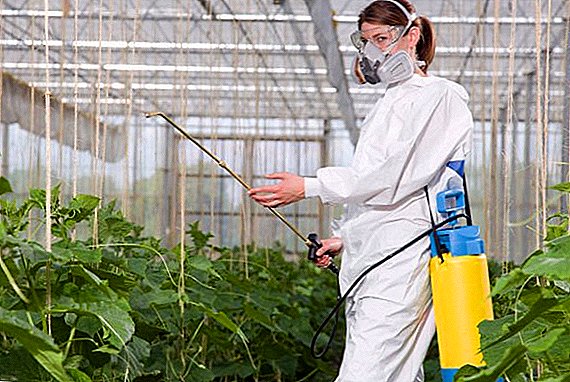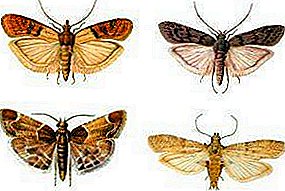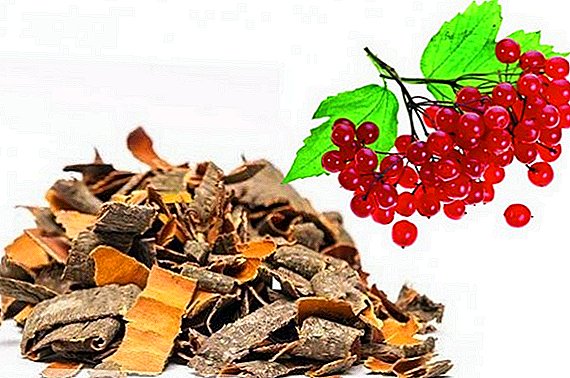
Each grower wants to own a blooming orchid with beautiful, brilliant, bright green leaves. But growing a flower is not easy.
This is a very capricious type of flora, which requires a certain care, otherwise the orchid will begin to wither.
Often the plant is plagued by a variety of diseases and pests. And the flower starts to turn black.
What is it and how does it look?
The blackening of orchid leaves occurs in different ways. Everything will depend on what reason led to such a state. The leaf blackens completely or partially. Additional features include:
- Necrotic changes over the entire leaf plate or part thereof.
- The spots have a different size and color (from brown to gray).
- Spots quickly darken and have watery contents.
- The leaves may turn black at their base, which leads to their subsequent fall.
- The surface of the sheet is covered with black bloom, while losing its elasticity and becomes loose.
- The surface of the sheet may be colored brown, and later black dots appear on it.
- Blackened streaks and tips of leaves.
- First, black dots of various sizes appear, which eventually merge into one spot.
Most often, all these signs are accompanied by a stunted growth of orchids and their lack of flowering. Therefore, you should always inspect your favorite plant and in case of suspicious manifestations immediately begin resuscitating the flower.
Important! If the orchid leaves are wet and they show signs of decay, this means that the disease process has already affected the roots of the plant. Therefore, in this case, it is necessary to begin treatment with the horse's end system.
What is a sign of?
Usually, leaves turn black in a homemade orchid due to care errors. But if the florist does everything according to the rules, then various diseases can be the cause.
Septoria
Microorganisms of Septoriaselenophomoides lead to the disease. First, dark dark spots appear on the leaves, which then dry out and leave behind blackening. Over time, they turn yellow and merge into a single large spot. After all these processes, the leaves begin to fall off. The following types of orchids are most commonly affected by this disease: Cymbidiums, Oncidiums, Cattleyas.
Spotting (black or bacterial)
The disease develops due to viruses, as a result dark or black dots appear on the leaves (sometimes lines). The disease is considered contagious and spreads quickly. therefore damaged leaves are immediately removed, so that the virus does not penetrate the root system.
Mosaic
It is also a viral disease, which most of them suffer from Cymbidia. At first dark spots appear on the leaves, on the place of which a hole is then formed. Mosaic develops on the background of mechanical damage to the flower. Carriers are insects.
Fusarium
The causative agents are fungi of the genus Fusarium. First, black-colored bubble spots are formed on the sheet, then the leaves begin to crumble and crumble. The disease can occur due to excessive moisture, hypothermia, or soil salinization.
Why is this happening?
In addition to diseases, the causes of blackening of orchids are many, ranging from improper watering and ending with infections. The leaves turn black completely or partially due to errors in the care or the following errors in the creation of orchid conditions:
- If the room is too dry or, on the contrary, humid air.
- Frequent or rare watering that does not correspond to a specific season.
- If there is a high air temperature, more often it is +30 and higher.
- Low temperatures also adversely affect the flower. It can damage the temperature from +18 and below.
- If the flower was damaged by a tick. Usually, it is possible to detect such damage on the leaves immediately.
If you put a pot of orchids in close proximity to the heater, the result can be a thermal burn. Such spots on the leaves are brown or black with multi-colored edging. Looks like a thermal burn as a sunburn. These are usually dark spots with a yellow outline.
Consequences for flowers
If you do not stop the process of blackening the orchid at an early stage, then the plant may die. Over time, this circumstance leads to rotting of the flower. Black dots are spread over the flowers themselves and the stem. What if the trunk, roots and leaves of the flower become black? If this occurs in the later stages of the disease, then all resuscitation actions are meaningless.
What to do: step by step instructions
If black dots appear
 They may indicate a viral, fungal, or bacterial infection in a plant. The most common disease is black spot. To save the orchid, you must take the following actions:
They may indicate a viral, fungal, or bacterial infection in a plant. The most common disease is black spot. To save the orchid, you must take the following actions:
- Isolation of a sick flower.
- Removal of damaged areas.
- Disinfection of sections with an antiseptic solution.
- Processing plants with a solution of the fungicide or its analogs.
Blackened leaves or their tips
The reason for this condition of the leaves often lies in the wrong care. For example, the presence of drafts in the room, dry air, overcooling or over-feeding with fertilizers negatively affects the flower. Resuscitation measures:
- Restoration of normal temperature and humidity in the room.
- Damaged leaves must be cut.
- The establishment of an orchid in a room where there are no drafts, but there is good ventilation.
- Reduction of mineral fertilizers.
Darkened roots
Often aerial roots are blackened. Consider what happens to the roots, because their treatment will depend on the cause of blackening. For example, if there was a root burn, then the flower is no longer subject to recovery. If the reason was the increased accumulation of salts in the ground, then the orchid in this case can be helped:
- The flower is first washed in running water for 5-10 minutes.
- Damage areas in the root area are removed.
- Place cuts processed crushed activated carbon.
- If necessary, a complete replacement of the soil.
When the orchid treatment is completed, it is quarantined for at least 2 weeks.
Preventing the return of the disease
To prevent the disease from returning again, it is necessary to observe preventive measures. They consist in the proper care of the plant:
- The substrate of the pot should not be cooled. Therefore, it is necessary to control the air temperature in the room, do not put the pot on a cold window-sill and make sure that the moisture does not evaporate quickly.
- The frequency of watering should depend on the level of illumination of the flower: the brighter the light, the more often you need to water the orchid. Most of the flowers of this species are epiphytes. This means that their aerial roots can get moisture from the air. You need to make sure that there is no stagnation of water in the pot, there were no drafts, but there was a regular airing.
- Poor quality substrate can lead to the death of the plant, so you need to follow this with great care. So, the presence of peat and foam in the soil should not be higher than 20%. Otherwise, when trying to destroy painful microorganisms, beneficial bacteria can also die with them, since peat and polystyrene in large quantities act destructively.
It should be remembered that the better the immunity of the plant, the less susceptible to various diseases. And it completely depends on the right care. If optimal conditions are created for growing orchids, then they will not be afraid of the disease.












